Or will the increasingly conservative U.S. Catholic Church move away from Rome? I don’t know. We could get one, or we could get another liberal “reformer.” Pope Francis was often criticized from within the church as being “too woke” for his progressive stances on climate change, illegal migration, LGBT inclusion and other major issues.
Francis was also harsh with his conservative critics, especially those in the U.S.
In 2023, he complained of a “very strong, organized reactionary attitude” against him in the U.S. Church, adding: “I would like to remind these people that backwardness is useless.”
After the conservative U.S. cardinal Raymond Burke attacked him over his 2016 apostolic exhortation softening views on divorced and remarried Catholics, Francis threatened to evict him from his Vatican apartment.
He also dismissed the Texan bishop Joseph Strickland, another vocal critic in the U.S. church, from his diocese.
During the pope’s recent illness, Strickland told Newsmax, “Certainly, we pray for him,” “but we need the new Pope to be someone who is much clearer — really, frankly, stronger in the tradition of our Catholic faith.”
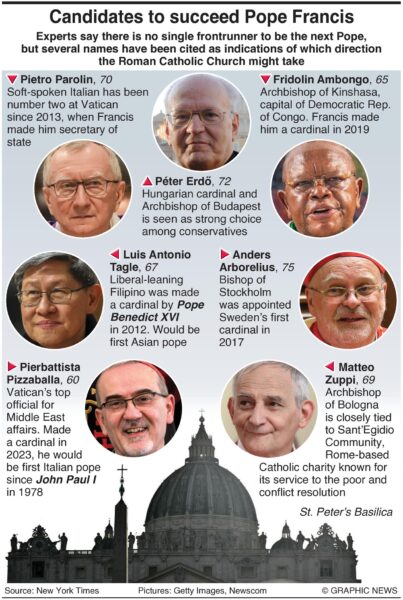
This, and many other divisions, brought him in conflict with a more traditional U.S. Catholic Church, especially in a time of Trump.
The concern for conservative U.S. catholics like me is that things will only get worse with another Francis-like pope.
In an earlier piece, I delved into the Conclave that will elect our next pope. Of note, Pope Francis tried to pack the College of Cardinals with fellow liberals that will make up the Conclave.
For example, of the 10 U.S. cardinals eligible to cast ballots in the Conclave, six were elevated to their positions by Francis and are mostly in line with his liberal vision for the church.
Overall, of the 135 cardinals eligible to take part in choosing his successor, the late pontiff appointed about 110 of them, including some conservatives.
Francis hoped that by packing the College he would be followed by a like-minded ‘modernist’ successor. And it could work. As The Guardian reported:
The appointments make it “difficult for an ‘anti-Francis’ pope to emerge”, said Iacopo Scaramuzzi, a Vatican journalist with La Repubblica newspaper and author of the book Tango Vaticano. La Chiesa al Tempo di Francesco (Vatican Tango. The Church in the Time of Francis).
“But it doesn’t mean this group is unanimous and cohesive, or that they have the same ideas. Almost all the cardinals he has chosen are pastors from great dioceses around the world.” There were conservatives as well as progressives among them, Scaramuzzi added.
So, the questions remain. Will his efforts ensure that the recently deceased pope’s leftwing ideological imprint and direction will continue and deepen with a new pope? Or will enough traditionalists and conservative Cardinals reverse the liberal swing and elect an ‘anti-Francis’ more MAGA pope?
Many Catholics, and others worldwide, are certainly hoping and praying for the latter, especially in the U.S. Due to President Donald Trump’s pro-Christian, pro-life and anti-transgender policies, 58% of US Catholics voted Republican in November, a stunning number.
Trump himself, aided by close Catholic advisors and allies, including his vice president, recent Catholic convert, JD Vance, has worked hard to align his conservative MAGA movement with the church.
Most recently, he created a task force to “eradicate anti-Christian bias” throughout the federal government, and beyond.
More directly, before the death of Pope Francis, Trump appointed Brian Burch as U.S. ambassador to the Vatican, an outspoken critic of Francis and key leader in the effort that mobilized Catholic voters for the GOP last year.
Francis, in turn, appointed a liberal cardinal, Robert McElroy, as the Archbishop of Washington, D.C.
Meanwhile, Francis regularly expressed his distaste for Trump’s policies, writing in a letter to American bishops in February that deportations of illegal aliens violated the “dignity of many men and women, and of entire families.”
That has not gone over well with most Trump voters and many U.S. Catholics.
Coincidentally, or divinely, on Easter Sunday, hours before his death, an ailing Pope Francis managed to share a brief meeting at the Vatican with his most senior U.S. Catholic critic, JD Vance.
For Francis, this would be a final encounter with the conservative wing of American Catholicism that is flourishing and increasingly assertive while the broader Church faces a bit of an identity crisis.
But, as many have noted, the conservative change in the U.S. church is bigger than Trump and Vance. It is the culmination of long-term trends in a church that is shifting right. Even as many of the leaders are progressive, the younger priests and many lay members are increasingly traditional.
The Financial Times reported that: “According to a survey published in 2023 by the Catholic Project, a research group at the Catholic University of America, more than 80 percent of priests ordained since 2020 described themselves as theologically “conservative/orthodox” or “very conservative/orthodox’.”
The researchers added that while “progressive” and “very progressive” priests made up 68 percent of priests in the years 1965-69, that number had today “dwindled almost to zero.” This is a massive shift.
The cultural vibe is also shifting right.
A Catholic podcaster in Phoenix, Arizona posted on X:
Anyone who’s soft on abortion, who has Marxist tendencies, who’s pro-homosexual – we’ve got to get rid of them. There are bishops who have marched on Pride parades … they’ve got to be fired.
And, yes, along with electing a traditionalist pope, purging modernist leftist bishops would be a great thing for the Church. But what if that doesn’t happen and instead we get more of the same liberal modernist nonsense we have been seeing in Rome for the past decade?
How will the American Catholic Church deal with this?
Well, The Wall Street Journal reported:
The appointment of a liberal successor, Faggioli warned, risked further estrangement [between the US Catholic Church and Rome]. One possibility he cited was a “liquid schism” in which the two parties don’t suffer a formal rupture but increasingly look past one another. “The fear is that it basically could become a Catholic Church that is independent from the Vatican,” Faggioli said.
Stephen P. White, the executive director of the Catholic Project, a research initiative at Catholic University in Washington, D.C., likened that possibility to an “Anglicization” of Catholicism—or a fracturing of the Church on national lines. “That is a problem,” White said. “The faith is supposed to be one.”
Let’s hope and pray that this never happens. But electing a true Catholic pope, and a renewed emphasis on traditional Church values, and maybe a conservative housecleaning of leftists in the College of Cardinals, and among many bishops, may be the only way to avoid it.
Either way, I’m ready to Make Catholicism Great Again!
READ NEXT: ICE Hits Jackpot After Noem Robbery Arrest — Stunning Discovery Exposed


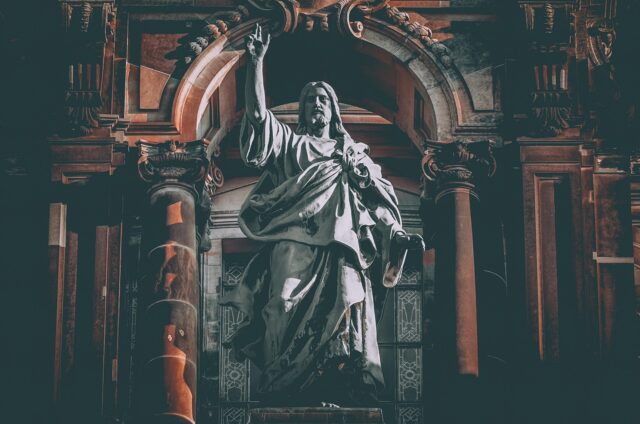
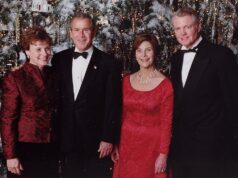
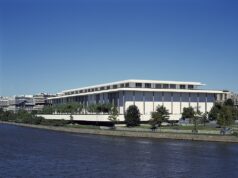
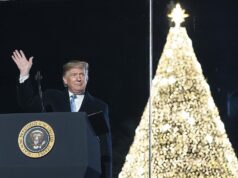
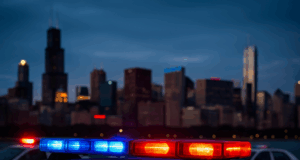
ANY religious leader should be conservative, honest, and have integrity. They should also be non-political. The same applies to our Justice Department.